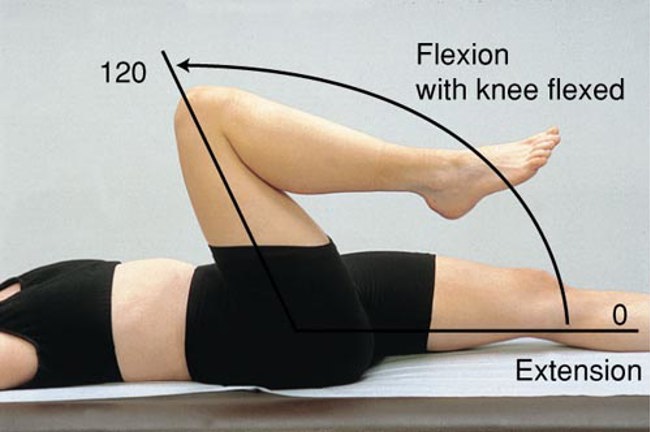Ok, how does it relate?
If these muscles are tight/weak, the other surrounding pelvis muscles may have to over compensate. This can result in:
- Pain when walking
- Pain when climbing stairs
- Pain in the lower back when sitting down.
Just to name a few… but the good news is we can target & strengthen this area.
I’d like to point out: the hip flexors and hip extensors work in union together. Both need to be worked on or else you could have a muscular imbalance.
This post specifically targets the flexors but I advise to take a look at my original Hip Pain Muscular Imbalance Blog [x]. It’s linked in the resources. Now, moving on…
Floor exercises:

